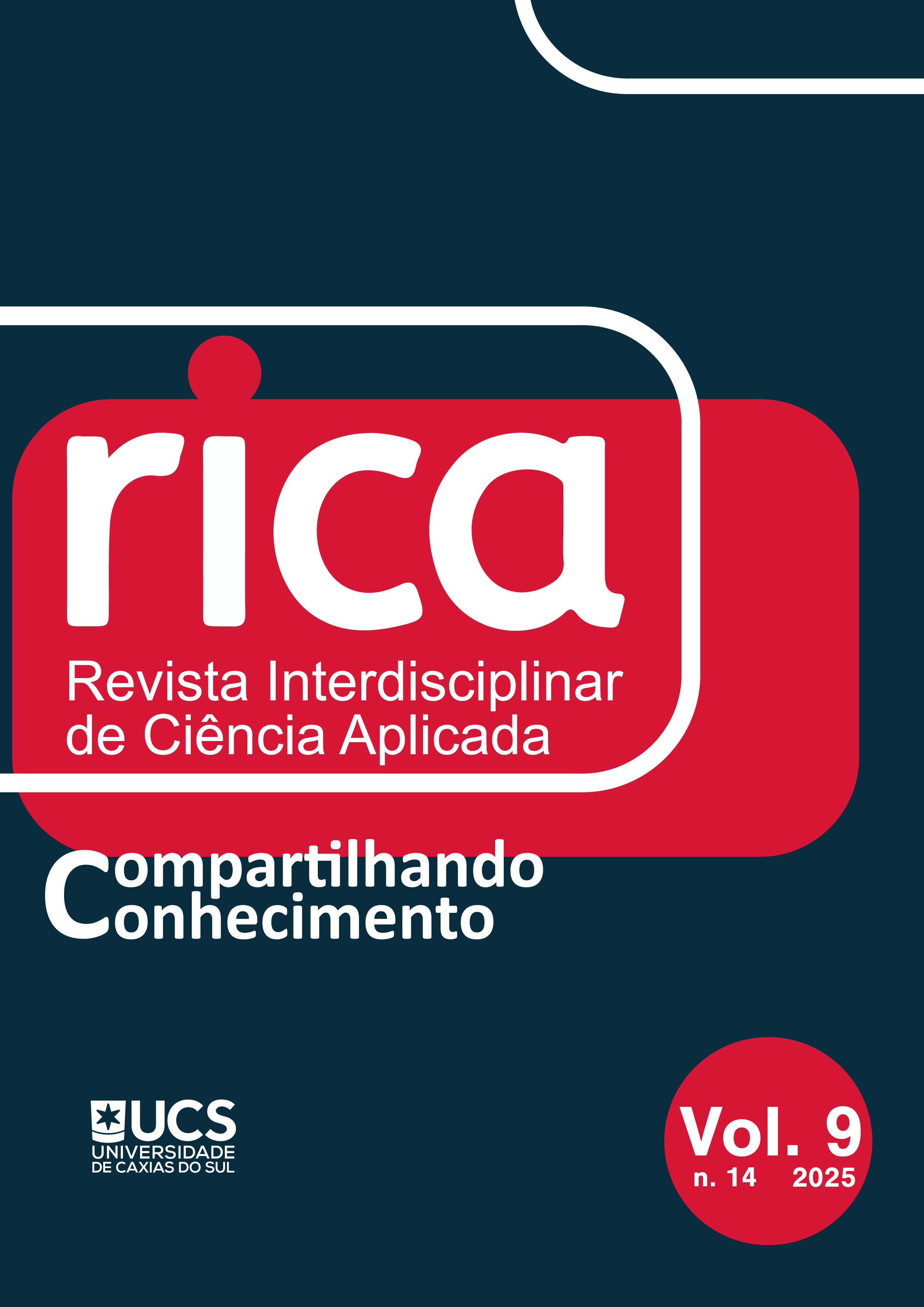Desarrollo de Materiales Compuestos Sostenibles Utilizando Cáscaras de Maní: Caracterización Mecánica y Optimización de Dosificación
DOI:
https://doi.org/10.18226/25253824.v9.n14.08Palabras clave:
Materiales Compuestos,, Mortero, Caracterización Mecánica,, Cáscaras de Maní.Resumen
Resumen:
Este estudio aborda los desafíos ambientales globales mediante el reciclaje de residuos agrícolas en materiales de construcción sostenibles. Se investiga el uso de fibras de cáscaras de maní como refuerzo en morteros, centrándose en la optimización de dosificaciones y la evaluación del desempeño mecánico. Se probaron muestras de mortero con 0,5%, 1% y 2% de fibras de cáscaras de maní para determinar su resistencia a flexión y compresión. Los resultados indican que dosis bajas (0,5% –1%) mejoran significativamente la resistencia a flexión, mientras que cantidades excesivas reducen su eficacia. Los hallazgos resaltan el potencial de las fibras de cáscaras de maní como refuerzo sostenible, siempre que se identifiquen dosificaciones óptimas.
Palabras clave:
Materiales Compuestos, Mortero, Caracterización Mecánica, Cáscaras de Maní.
Citas
Shah, I., Li, J., Yang, S., Zhang, Y., & Anwar, A. (2021). Experimental investigation on the mechanical properties of natural fiber reinforced concrete. Journal of Renewable Materials, 10, 1307–1320. https://doi.org/10.32604/jrm.2022.017513
Hussain, G., Hassan, M., Wei, H., Buhl, J., Xiao, M., Iqbal, A., Qayyum, H., Riaz, A. A., Muhammad, R., & Ostrikov, K. (2023). Advances on incremental forming of composite materials. Alexandria Engineering Journal, 79, 308–336. https://doi.org/10.1016/j.aej.2023.07.045
Elfaleh, I., Abbassi, F., Habibi, M., Ahmad, F., Guedri, M., Nasri, M., & Garnier, C. (2023). A comprehensive review of natural fibers and their composites: An eco-friendly alternative to conventional materials. Results in Engineering, 19, 101271. https://doi.org/10.1016/j.rineng.2023.101271
Ajayi, V. A., & Lateef, A. (2023). Biotechnological valorization of agrowastes for circular bioeconomy: Melon seed shell, groundnut shell and groundnut peel. Cleaner and Circular Bioeconomy, 4, 100039. https://doi.org/10.1016/j.clcb.2023.100039
Echeverría-Maggi, E., Flores-Alés, V., Uan, J., & Martín-Del-Río, J. (2022). Reuse of banana fiber and peanut shells for the design of new prefabricated products for buildings. Revista de la Construcción – Journal of Construction, 21(2), 461–472. https://doi.org/10.7764/RDLC.21.2.461
Ekpenyong, N. E., Ekong, S. A., Nathaniel, E. U., Thomas, J. E., Okorie, U. S., Robert, U. W., Akpabio, I. A., & Ekanem, N. U. (2023). Thermal response and mechanical properties of groundnut shells’ composite boards. Researchers Journal of Science and Technology, 3, 42–57. https://rejost.com.ng
Doughmi, K., Baba, K., & Nounah, A. (2023). Mechanical properties of eco-friendly cement-based composite mortars plastic fiber reinforced partially replaced by natural pozzolan and marble waste. Materials Today: Proceedings. Advance online publication. https://doi.org/10.1016/j.matpr.2023.07.203
Abdalla, J. A., Hawileh, R. A., Bahurudeen, A., Jyothsna, G., Sofi, A., Shanmugam, V., & Thomas, B. S. (2023). A comprehensive review on the use of natural fibers in cement/geopolymer concrete: A step towards sustainability. Case Studies in Construction Materials, 19, e02244. https://doi.org/10.1016/j.cscm.2023.e02244
Samsunan, Fitria, H. P., Inseun, Y. S., & Andrisman, S. (2023). Influence of groundnut shell powder on normal concrete's split tensile strength. International Journal of Engineering, 3(1), 47–51. https://doi.org/10.52088/ijesty.v1i4.410
Kisan, U., Dubey, V., Sharma, A. K., & Mital, A. (2021). Synthesis of groundnut shell/rice husk hybrid composite – A review. IOP Conference Series: Materials Science and Engineering, 1116(1), 012001. https://doi.org/10.1088/1757-899X/1116/1/012001
Zaaba, N. F., Ismail, H., & Jaafar, M. (2013). Effect of peanut shell powder content on the properties of recycled polypropylene (RPP)/peanut shell powder (PSP) composites. BioResources, 8(4), 5826–5841. https://doi.org/10.15376/biores.8.4.5826-5841
Usman, J., Yahaya, N., & Mazizah, E. M. (2019). Influence of groundnut shell ash on the properties of cement pastes. IOP Conference Series: Materials Science and Engineering, 601(1), 012015. https://doi.org/10.1088/1757-899X/601/1/012015
Tata, K. H., Sani, M., & Ekundayo, O. (2015). Feasibility study of the use of groundnut shells as fine aggregates in lightweight concrete construction. International Journal of Advanced Research in Engineering, 1(1). https://doi.org/10.24178/ijare.2015.1.1.13
Tong S.E, Namasivayam S. (2023). A Study on Partially Replacing Coarse Aggregate With Peanut Shell Waste In Concrete, Constr Build Mater, Journal of Engineering Science and Technology. Vol 18 No 5. pp 2570 - 2586.
Descargas
Publicado
Cómo citar
Número
Sección
Licencia
Derechos de autor 2025 Mohamed LEULMI, Rachid NASRI, Fairouz CHOUIT

Esta obra está bajo una licencia internacional Creative Commons Atribución 4.0.
Authors keep the copyright and cede to the journal the right of publishing first. Published works are licensed under a Creative Commons Attribution 4.0 International (CC BY 4.0) license, allowing the sharing of the work with recognition of the authorship and initial publication in this journal.






